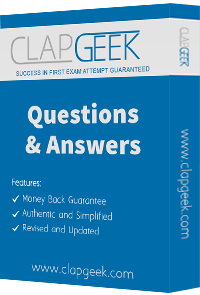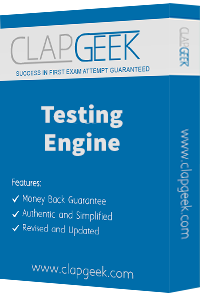What can be introduced to formalize a joint agreement between development partners and sponsors on the deliverables, quality, and fitness-for-purpose of an architecture?
Consider the image showing basic architectural concepts:
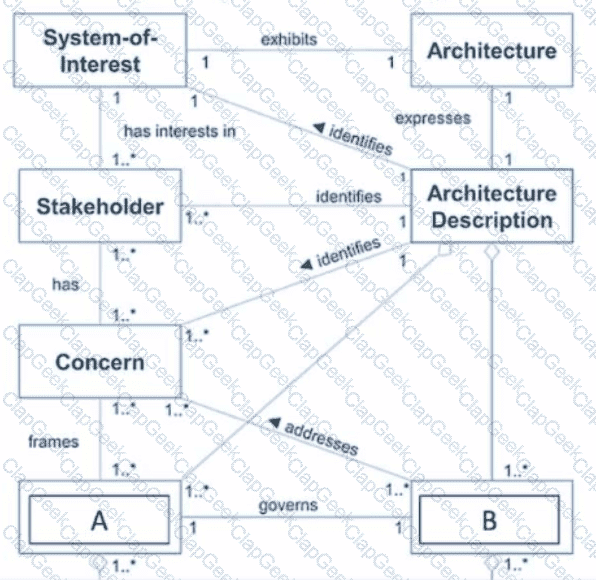
What is an objective of the ADM Preliminary Phase?
Complete the sentence.________________can be used to explain how generic solutions can be leveraged and specialized to meet the needs of an organization.
What Is presented as striking a balance between positive and negative outcomes resulting from the realization of either opportunities or threats?
What is the purpose of the Standards Library within the Architecture Repository?
Which of the following is the application of the concepts of risk assessment and risk analysis in the decision-making process?
Which ADM phase focuses on defining the problem to be solved, identifying the stakeholders, their concerns, and requirements?
Consider the following business capability map. where cells of a model are given different colors to represent maturity levels (note the letters G, R. Y. P also denote the colors used = Green, Red. Yellow and Purple):
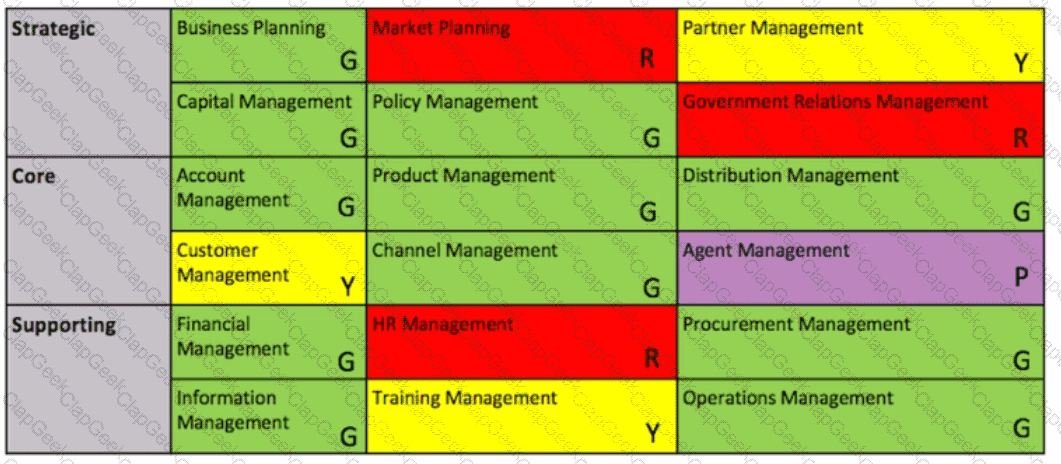
Which of the following best describes this technique?
Which deliverable is first produced In Phase A, also updated In Phase E, and helps the architect to understand the baseline and target for the enterprise?
Which of the following can be used to help define information concepts in an information map?
Consider the following ADM phases objectives.
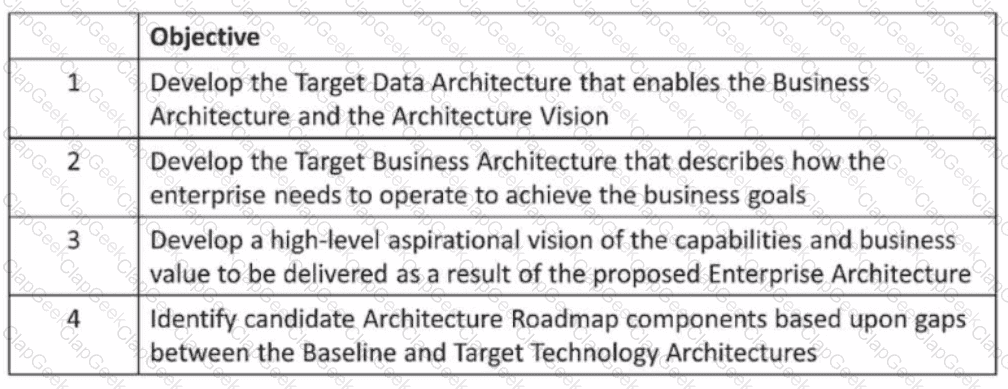
Which phase does each objective match?
In which part of a business scenario are business capabilities and value streams modeled?
Which of the following describes how business models are used within the TOGAF standard?
Which of the following best describes "value” in the context of Business Architecture?
When developing a Business Architecture, which of the following best describes the approach to take If no Architecture Descriptions exist?
Which of the following Business Architecture concepts should the architect examine and search for when developing the Architecture Vision?
Consider the following chart:
Which important concept for Enterprise Architecture Practitioners does it illustrate?
Consider the following:
In Phase A a business capability map and a core set of value streams were created while developing the Architecture Vision.
Why would such Architecture Descriptions need to be updated in Phase B?
Consider the following ADM phases objectives.
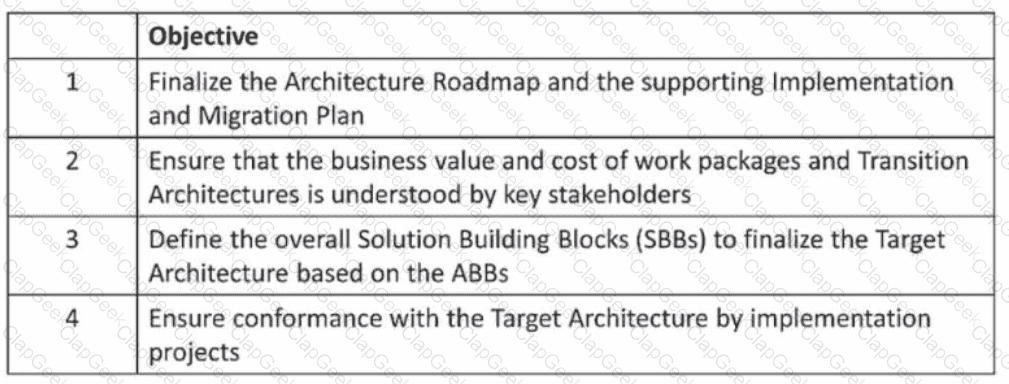
Which phase does each objective match?
What are the following activities part of?
• Initial risk assessment
• Risk mitigation and residual risk assessment
• Risk monitoring
Consider the following statement:
When considering agile development, Architecture to Support Project will identify what products the Enterprise needs, the boundary of the products, and the constraints that the product owner has.
What else does it help to define for the Enterprise?
Complete the sentence. The architecture domains that are considered by the TOGAF standard as subsets of an overall enterprise architecture are Business, Technology,
Consider the following statements:
Groups of countries, governments, or governmental organizations (such as militaries) working together to create common or shareable deliverables or infrastructures
Partnerships and alliances of businesses working together, such as a consortium or supply chain
What are those examples of according to the TOGAF Standard?
Consider the following statements;
1. A whole corporation or a division of a corporation
2. A government agency or a single government department
3. Partnerships and alliances of businesses working together, such as a consortium or supply chain
What are those examples of according to the TOGAF Standard?
Complete the sentence A business capability is_________________________________.
Consider the following graphic illustrating a method supporting the TOGAF ADM.
What does the method help identify?
